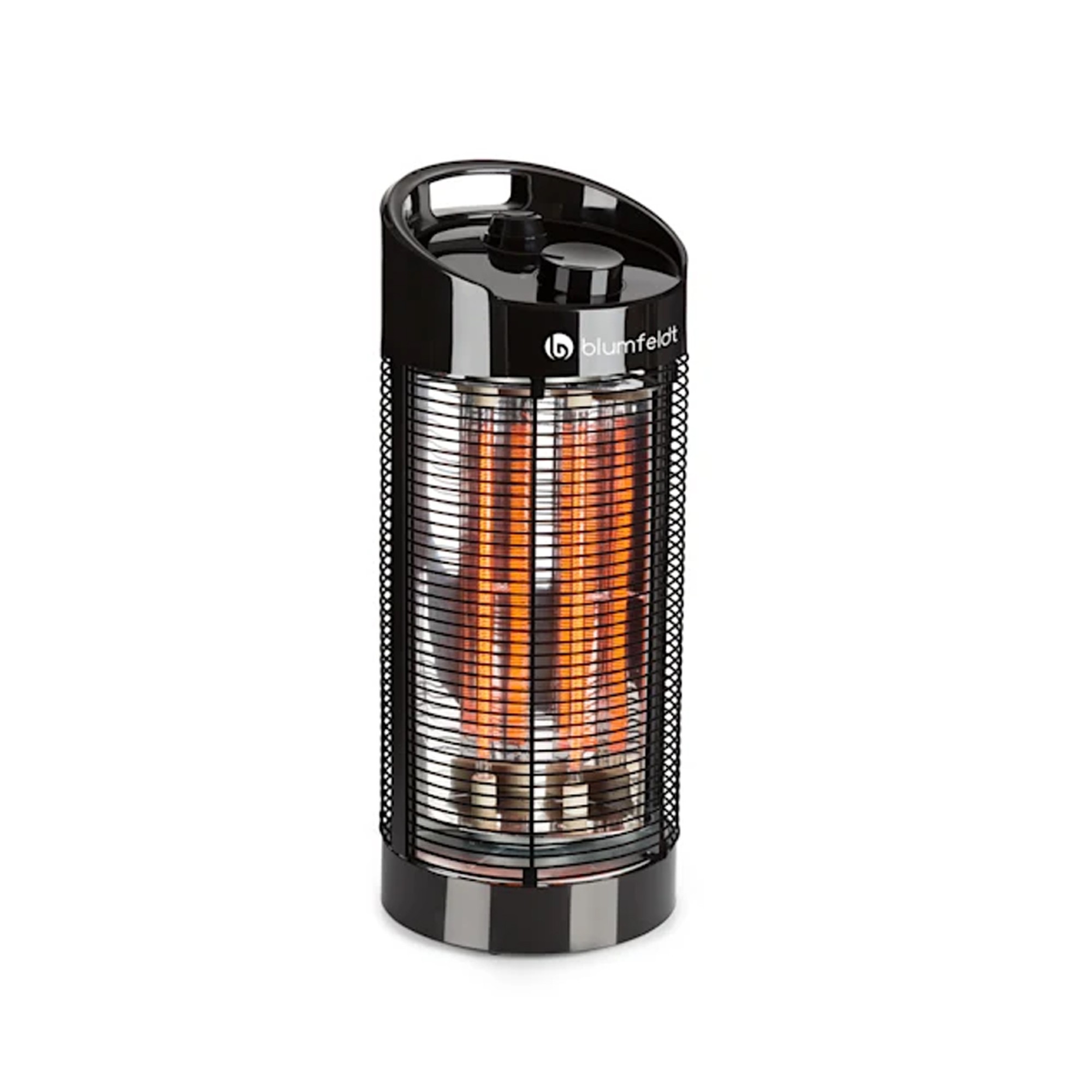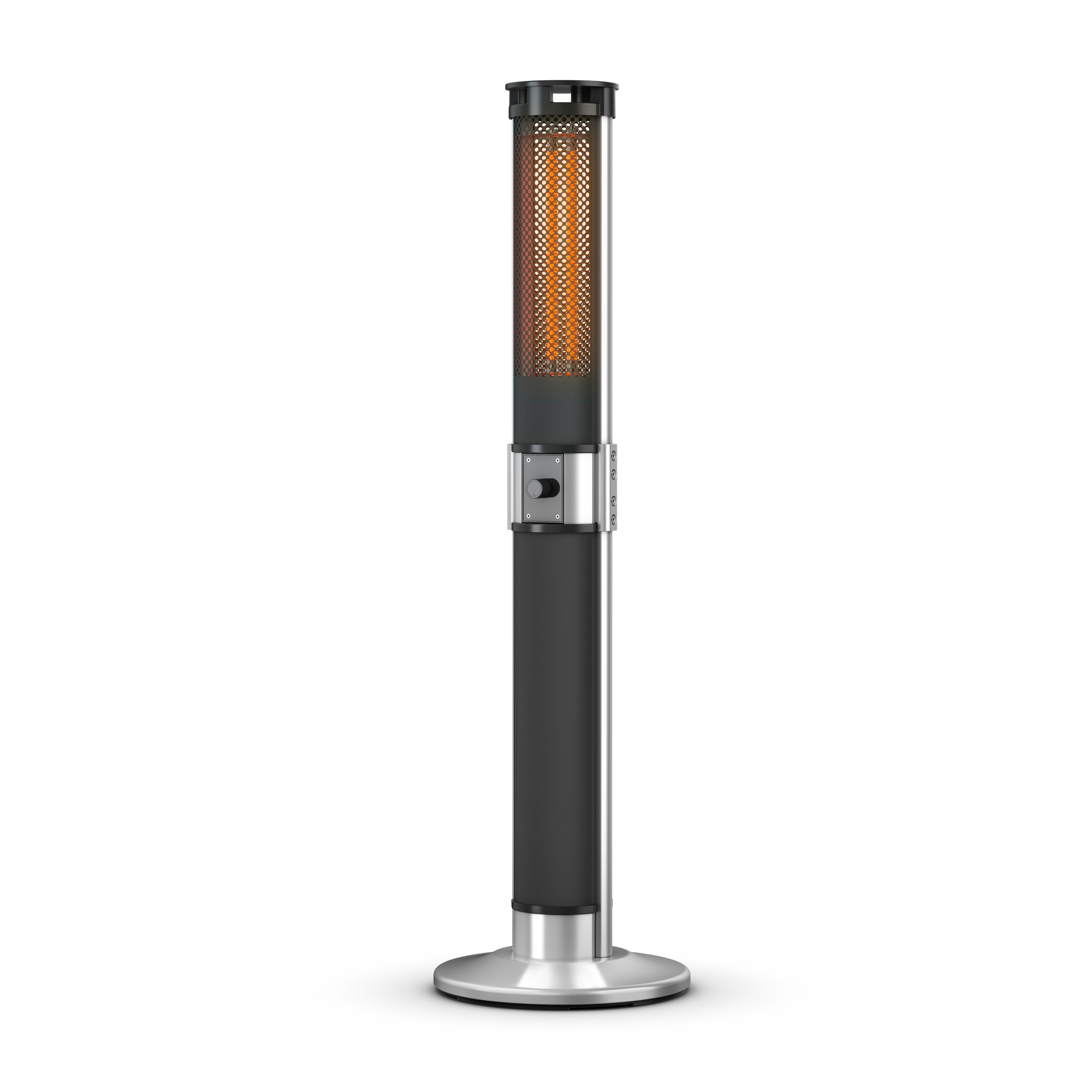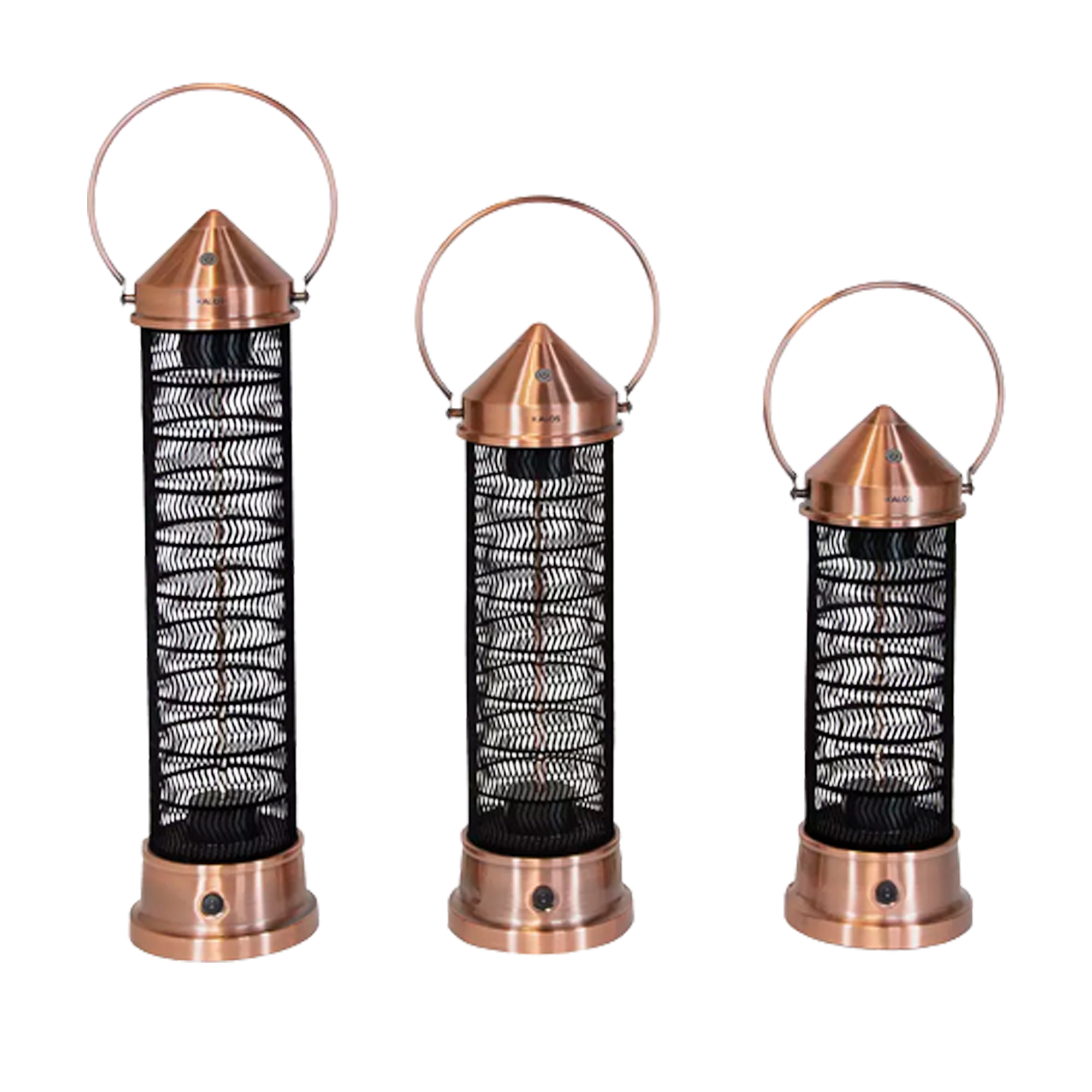Can I use a patio heater under a pergola or gazebo? Yes, but these are the things experts want you to know first
It's possible, but you need to take some precautions
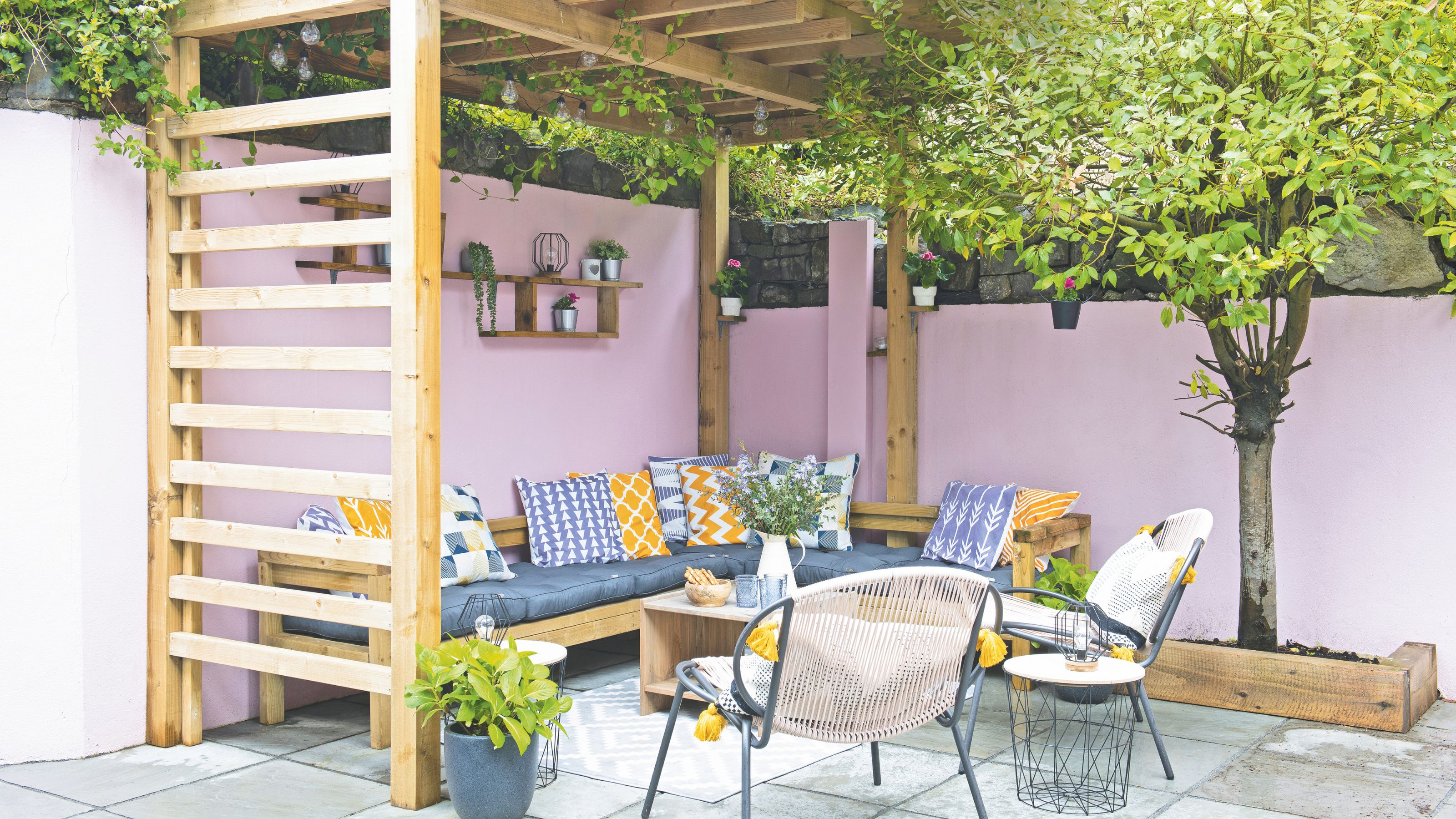

The tell-tale chill of winter is in the air, but the sun hasn’t disappeared completely - not yet, anyway. And if you’re planning on using your garden for a few more weeks (or even months), you might wonder, whether you can use a patio heater under a pergola or gazebo?
The best patio heaters are ideal for al fresco autumn dining and last-ditch attempts to enjoy the garden, but it’s fair to say that patio heaters come with a lot of rules to ensure safe usage. In fact, there are many places you should never put a patio heater, all of which can limit your options during the colder months.
And while there are key differences between a gazebo and a pergola, in both cases, they stand above a patio heater - which can make you question just how safe it is to combine the two. That's why we’ve reached out to the experts to ask whether you can use a patio heater under a pergola or gazebo or whether you need to steer clear.
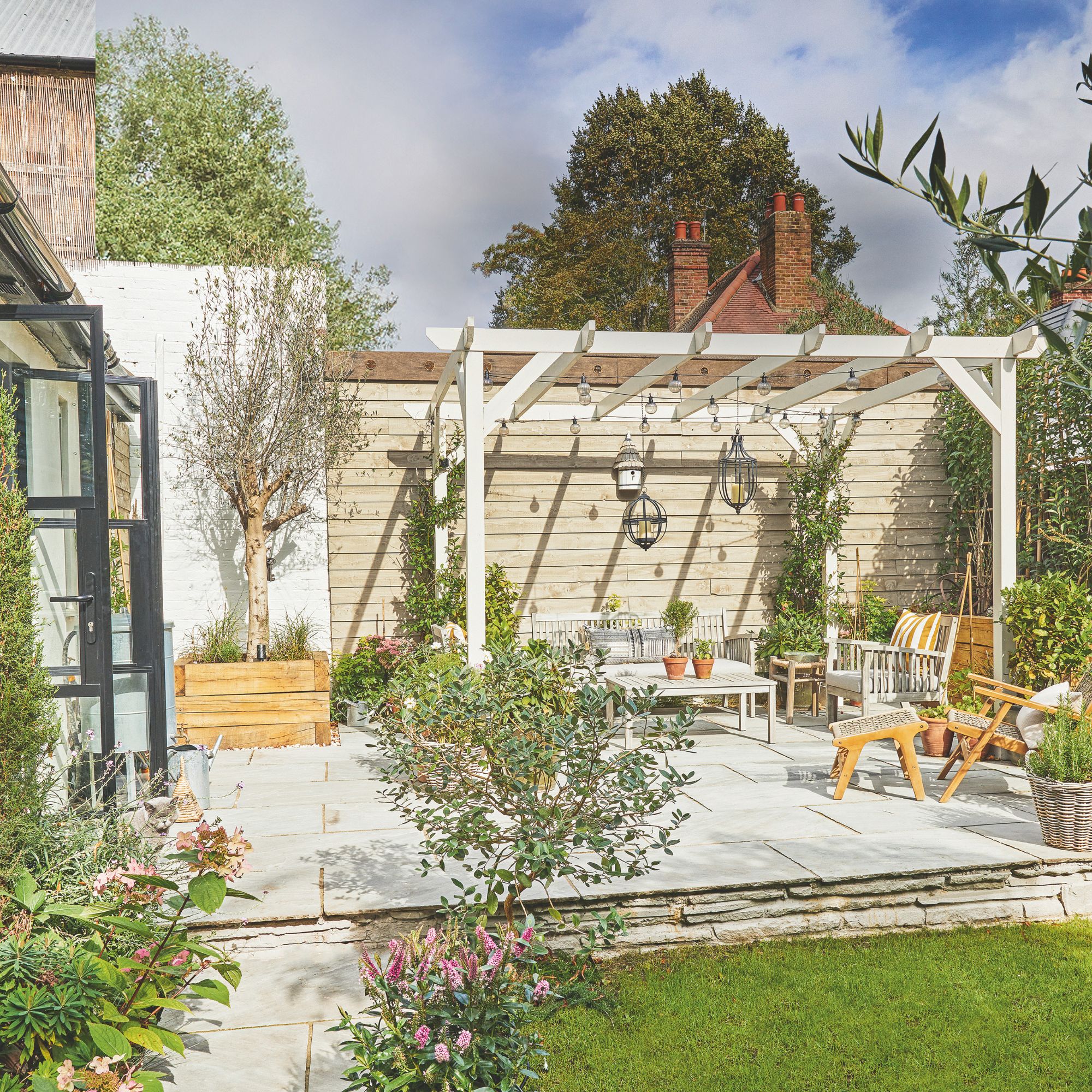
Can I use a patio heater under a pergola or gazebo?
The answer to this question isn’t as black and white as you might hope. In theory, a patio heater seems like the ideal pergola idea or addition to your pop-up gazebo - especially if you plan on hosting guests or want to keep warm during the colder days and nights.
However, though a patio heater can be used under both a pergola and a gazebo in the correct circumstances and under the right conditions, that doesn’t mean that it’s always possible.
Things to consider before using a patio heater under a pergola or gazebo
1. Choose your heater wisely
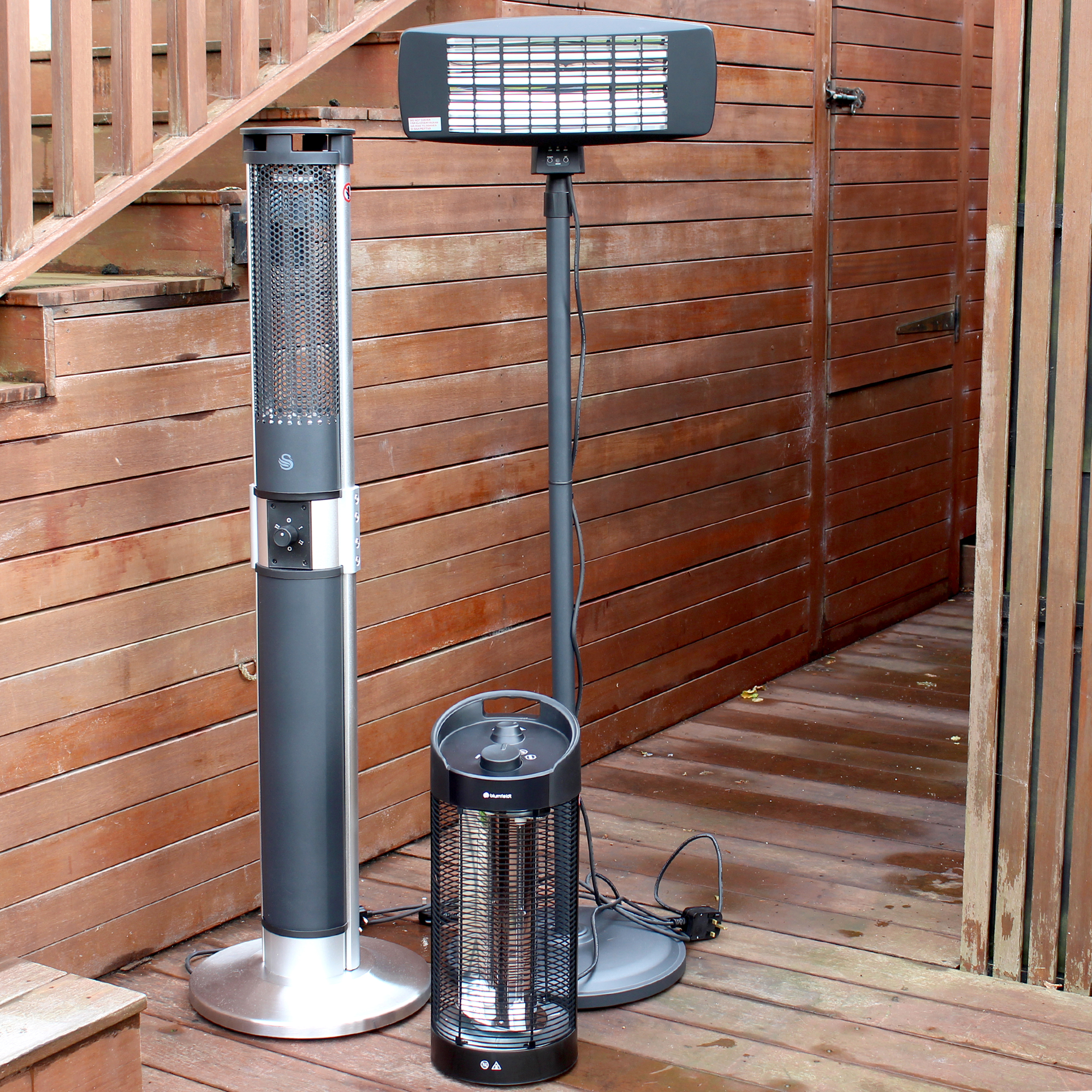
When it comes to this particular outdoor heating idea, there are different types of patio heaters out there, and the type you choose will affect where and how you use it. While the electric vs. gas patio heater debate is a tough one, it’s also important to note that another fuel type can be added to the mix: infrared.
As electric and infrared patio heaters run on electricity, they’re generally the safest to use under a pergola or gazebo, as there are no open flames. This is echoed by Sam Jenkinson, pergola expert at Tiger, who says, ‘As pergolas are typically made of wood, avoid any models that uses open flames as they can be hazardous, and heaters that run on electric or gas are more suited.’
Sign up to our newsletter for style inspiration, real homes, project and garden advice and shopping know-how
And while you can opt for a gas patio heater if you really want, you have to be extra careful and follow the manufacturer's instructions to the letter. You should also choose a gas heater that safely contains the flames inside tempered glass tubing or an emitter. In some cases, the manufacturer may advise against using a gas patio heater under a pergola or gazebo at all.
2. Always check the height clearance of your heater
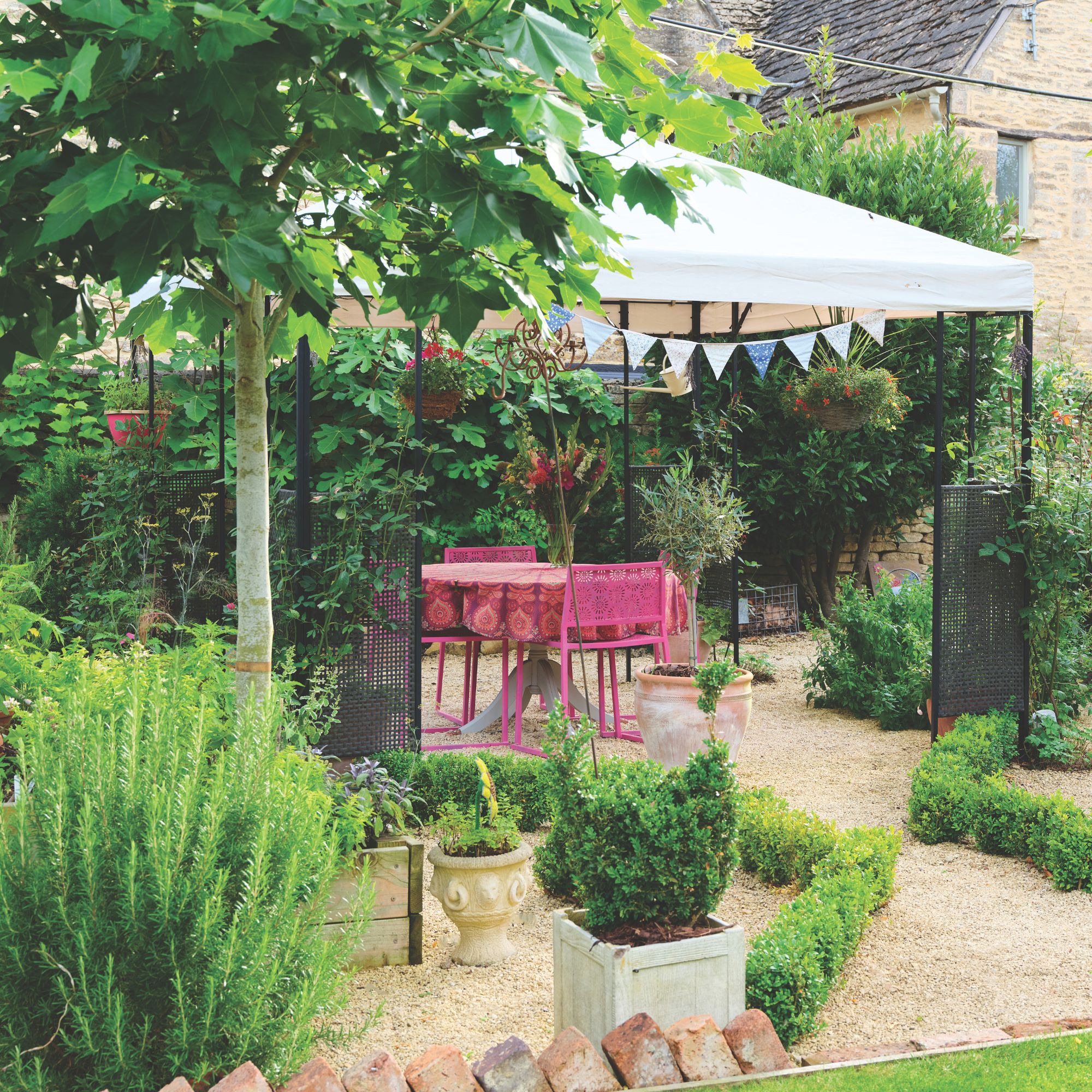
If you’re debating using a patio heater under a pergola or gazebo, it's sensible to check the instruction manual where you'll find key information you need.
For example, each patio heater will have its own height clearance guidance, which is the amount of free space above that it needs in order to work efficiently and safely. You should be able to find this in your instruction manual. If you don't have the physical manual, you should be able to find a version online.
As Reilly Gray, Co-Founder of Suns Lifestyle, explains, ‘Traditional propane or gas-powered patio heaters need at least two to three feet of clearance from the top to avoid radiating heat onto the structure itself, so if there's not enough clearance, the heat can cause warping, damage or even set fire to your pergola.’
You run a serious risk if your patio heater is too tall and close to your pergola or gazebo (i.e., you have not adhered to the height clearance). These close quarters could result in a fire or a dangerous build-up of carbon monoxide - especially under a fabric gazebo.
3. Make sure there’s sufficient ventilation
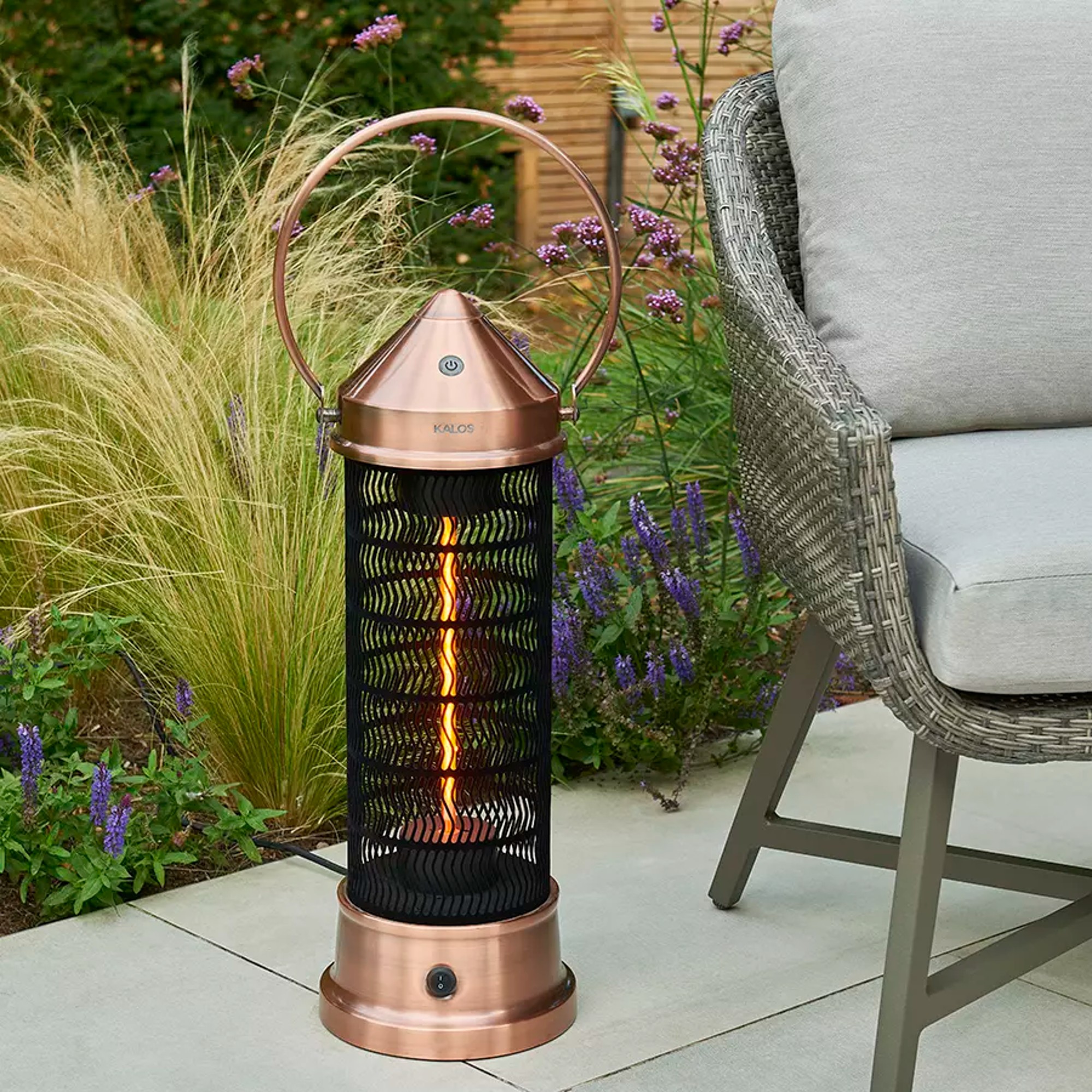
Just as using a patio heater on decking can be dangerous, so can using a patio heater under a pergola or gazebo. However, this danger can be alleviated if you make sure there’s sufficient ventilation around it.
This is especially true if you have a gas patio heater, as Reilly says, ‘Good ventilation will prevent the build-up of carbon monoxide, as it's important to remember that traditional patio heaters are generally designed for open-air environments.’ Allowing for this ventilation often goes hand-in-hand with the above step, as having enough height clearance is key to proper air circulation.
Alongside this, you should also keep other garden accessories - such as the best garden furniture - as far enough away as possible to keep the flow of air clear.
4. Keep it on a flat surface

Patio heaters are generally tall and thin, which means that they’re very easily tipped over. Not only can this potentially damage your structure or nearby garden furniture and accessories, but it could also pull down a fabric gazebo, resulting in a fire. And while many modern patio heaters come with anti-tip features, you still need to be careful when using a patio heater under a pergola or gazebo.
Sam says, ‘Make sure that your heater is placed on a flat, level surface and is properly secured to prevent any accidents. It’s also important to position a heater a safe distance away from any flammable materials.’
5. Ensure your heater is in full working order
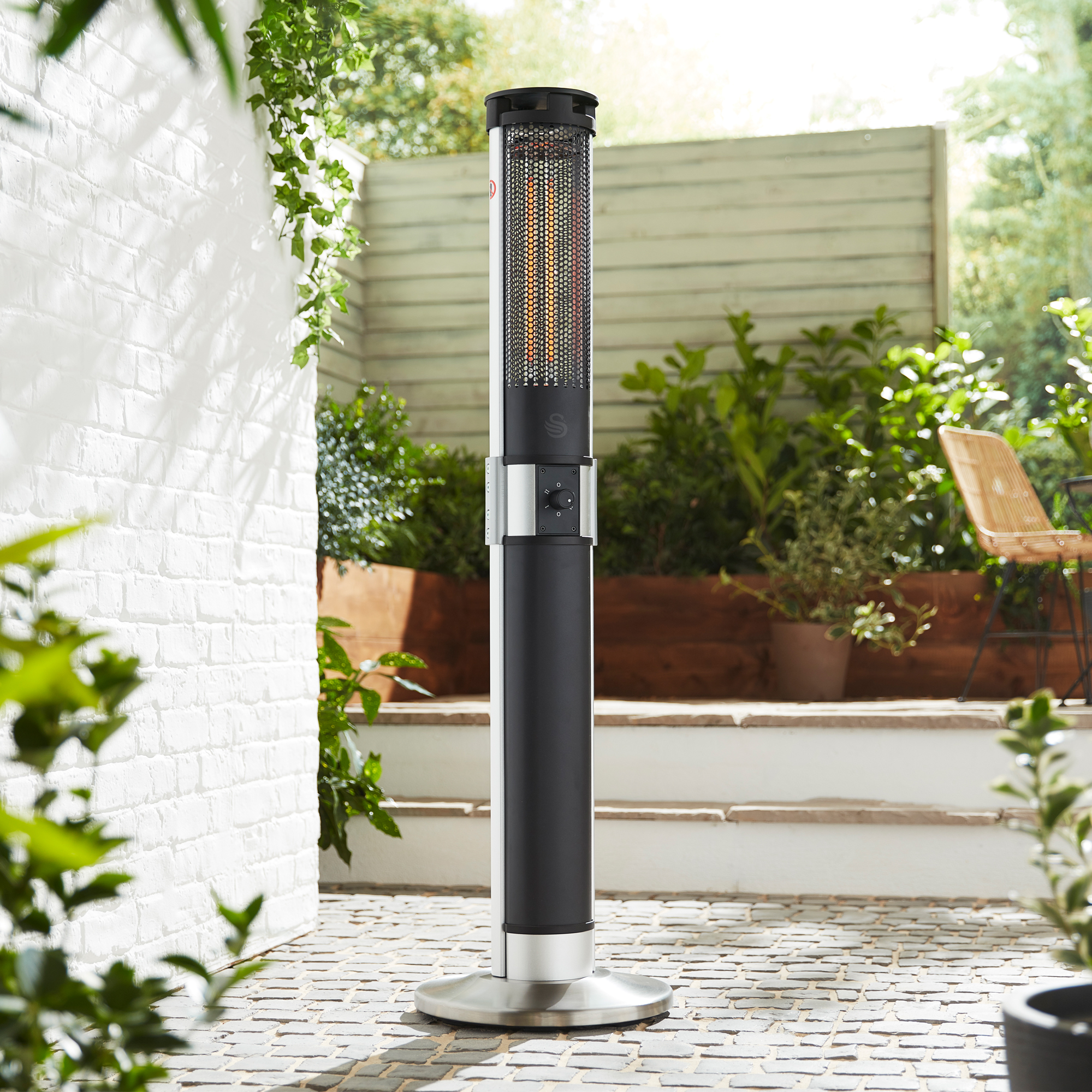
Using a patio heater under a pergola or gazebo isn’t completely risk-free, which is why it’s important to do everything you can to ensure its safety. So, always make sure your patio heater is in full working order before using it in these covered outdoor areas.
Regular maintenance is required when you have a patio heater anyway, but keeping on top of cleaning is key. It’s also a good idea to inspect your heater before every use, making sure the gas flow is safe and uninterrupted and any cables are undamaged.
If something doesn’t look right, or you’re unsure whether it’s in full working order, it’s best not to use your patio heater at all until it's fixed or replaced.
FAQs
Can you leave electric patio heaters outside?
In most cases, you can leave electric heaters outside. They are built to be waterproof and withstand the elements, so you shouldn’t have to worry about them breaking during a downpour. Just make sure you double-check whether your specific model is suitable for outdoor storage.
However, it’s good practice to store your electric patio heater in a shed or garage when you’re not using it - especially during long periods of inactivity during the winter months. If you can’t do this, you should invest in an electric patio heater cover to prevent long-term exposure to the elements.
Can I use a patio heater in a shed?
Yes, electric and infrared patio heaters can be used in a shed if you need that extra burst of warmth during the winter months. Just make sure that you read any manufacturer’s guidelines to abide by height clearances.
It’s best to avoid using a gas patio heater in a shed, though. As we all know, open flames and wood aren’t a good mix, so it’s best not to risk it.
So, there you have it - you can use a patio heater under a patio or gazebo, as long as you take precautions.

Lauren Bradbury has been the Content Editor for the House Manual section since January 2025 but worked with the team as a freelancer for a year and a half before that. She graduated with a Bachelor’s degree in English and Creative Writing from the University of Chichester in 2016. Then, she dipped her toe into the world of content writing, primarily focusing on home content. After years of agency work, she decided to take the plunge and become a full-time freelancer for online publications, including Real Homes and Ideal Home, before taking on this permanent role. Now, she spends her days searching for the best decluttering and cleaning hacks and creating handy how-to guides for homeowners and renters alike, as well as testing vacuums as part of her role as the Ideal Home Certified Expert in Training on Vacuums, having spent over 110 hours testing different vacuum models to date!
